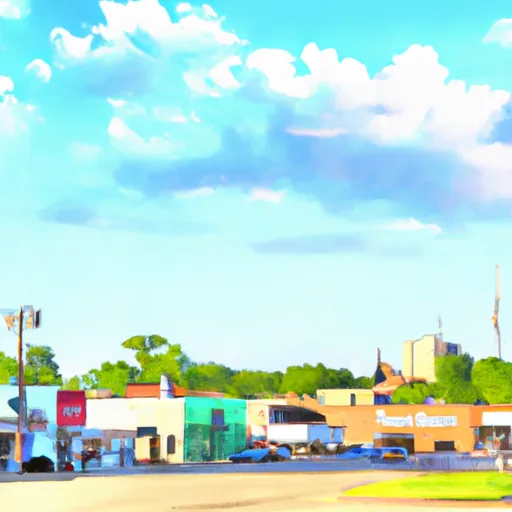°F
°F
mph
Windspeed
%
Humidity











Ludlow, Mississippi is a small town located in the southern part of the state. It experiences a humid subtropical climate, characterized by hot, humid summers and mild winters. The average high temperature in summer is around 90°F (32°C), while winters see average highs of around 60°F (15°C). Ludlow also receives a moderate amount of rainfall throughout the year.
Hydrology constituents in Ludlow include the nearby Pearl River and its tributaries. These water bodies provide opportunities for various outdoor recreational activities such as fishing, boating, and kayaking. Anglers can find a variety of fish species in these waters, including bass, catfish, and sunfish. The scenic landscapes surrounding Ludlow also offer opportunities for hiking, birdwatching, and nature photography.
Ludlow's natural surroundings and proximity to water bodies provide a serene environment for outdoor enthusiasts to explore and enjoy recreational activities. Whether it's fishing in the Pearl River or exploring the beautiful landscapes, Ludlow offers a range of outdoor experiences for nature lovers.
Weather Forecast
Ludlow receives approximately 1451mm of rain per year, with humidity levels near 84% and air temperatures averaging around 18°C. Ludlow has a plant hardyness factor of 8, meaning plants and agriculture in this region tend to thrive here all year round.
Regional Streamflow Levels
346
Cubic Feet Per Second
164
Cubic Feet Per Second
1,470
Cubic Feet Per Second
674
Cubic Feet Per Second
Nearby Camping
| Camping Area | Reservations | Toilets | Showers |
|---|---|---|---|
| Simpson County Lake | |||
| Roosevelt State Park | |||
| Lake Mike Conner | |||
| DLo Water Park | |||
| Lake Ross Barnett | |||
| Lake Columbia |



